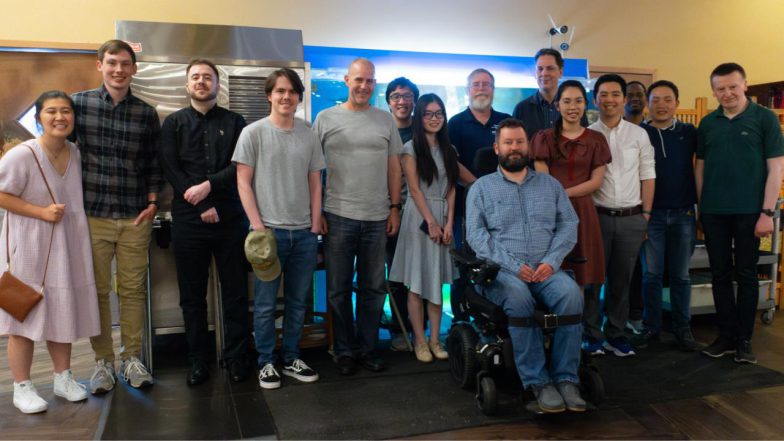Summary
The Cryptographic Engineering Research Group (CERG) is part of the George Mason University Electrical & Computer Engineering Department.
Cryptography, from Greek krpto (hidden) and grapho (write), is the science and practice of hiding information. Most Internet users come in contact with cryptography when they go to a secure website of an Internet retailer. Other popular applications are secure e-mail, Internet banking, mobile phones, etc. Cryptography has its roots in mathematics, computer science and engineering. Cryptographic Engineering is concerned with all aspects of implementing cryptographic algorithms in hardware and / or software. This ranges from high performance implementations to ultra-low power implementations of public key and secret key algorithms, fault tolerant implementations, attack resistant implementation and even implementations of attacks.
OnAir Post: CERG – Cryptographic Engineering Research Group
About
Web Links
Post-Quantum Cryptography
Post-Quantum Cryptography in Hardware and Embedded Systems
Major investments by national governments and high-tech companies have led to the first demonstrations of quantum supremacy, i.e., computations conducted by a quantum computer that no classical computer can perform in any feasible amount of time. The goal of this project is to support NIST and other standardization organizations in their efforts to develop a new generation of public-key cryptographic standards resistant to quantum computers. The desired features of these algorithms, collectively known as post-quantum cryptography (PQC), are that they can be implemented using traditional software and hardware but are resistant to all known attacks using both quantum and classical computers. We aim to set the foundation for the early, systematic, and comprehensive study of the hardware and embedded system efficiency and security of the algorithms already selected for standardization and the remaining candidates, such as the Round 2 Additional Digital Signature Schemes. The next 5-10 years are very likely to bring the biggest revolution in cryptography since the invention of public-key cryptography in the mid-1970s. This project has given us a unique opportunity to influence the choice of future cryptographic standards, which will likely be deployed within the next decade and remain in use for a significant portion (if not the rest) of the 21st century.


